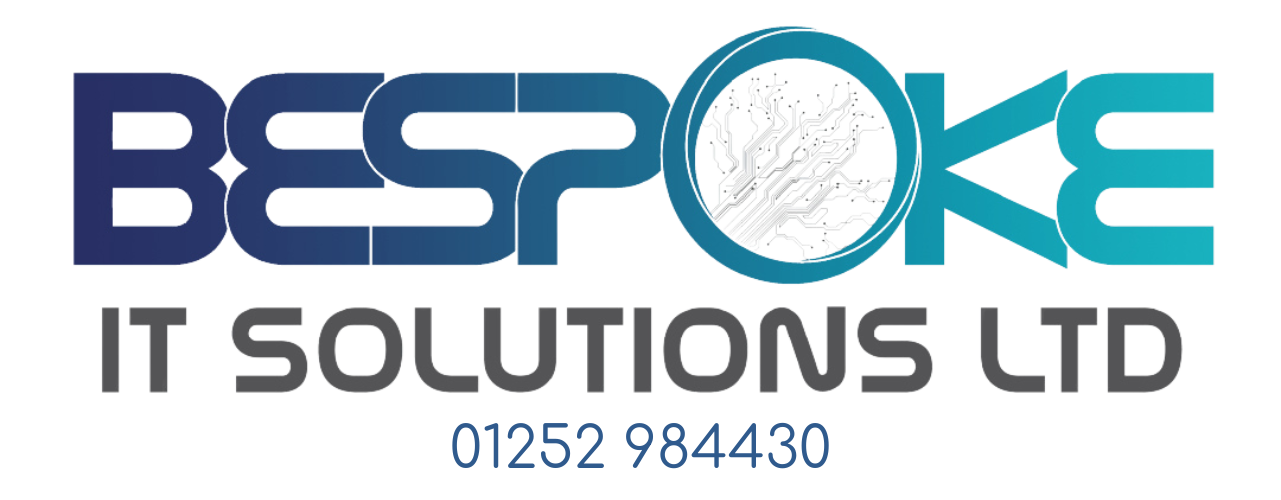Still holding on to Windows 10 in your business? It’s time to start thinking about making the move to Windows 11.
Three years after its release, Windows 11 is making major headway, with its market share reaching 35.55% in October 2024. While Windows 10 still holds around 60.97% of the market, change is on the horizon – and there are some compelling reasons to consider the switch.
First, let’s talk about the big news: From 14th October, Windows 10 will no longer receive free support from Microsoft. Although this doesn’t mean Windows 10 will stop working, it will stop getting important updates, such as up-to-date protection against malicious software and cyber threats.
Microsoft will be offering extended security support for Windows 10 for an extra year, but this will cost businesses $30 (around £23) per device and could get expensive. And this is only a temporary solution.
So, why has interest in Windows 11 spiked recently?
For one, the PC market has picked up. This is partly because of the rise of “AI PCs”, which use hardware that is more capable of handling AI-based tasks. People want to make sure their devices are compatible with the latest software, including Windows 11. There’s also buzz around the rollout of “Windows Intelligence” – a possible rebrand of some Windows 11 AI features.
Upgrading to Windows 11 isn’t just about keeping up with the latest tech, though. Another reason people are moving to Windows 11 is that it offers a more streamlined and user-friendly experience. New features include customisable widgets and an improved File Explorer, helping you to get things done faster.
Another major benefit to businesses is that Windows 11 brings improved security, offering better protection against cyber threats like:
- Ransomware, where you get locked out of your files and held to ransom for its (possible) return
- Phishing attacks, where you get tricked into revealing sensitive information through things like fake emails
If you want to stick with Windows 10, Microsoft’s one-year extension could offer you a bit more time. But if you want our advice? You’d only be delaying the inevitable, while missing out on the benefits of upgrading.
We can help make the switch stress-free. Get in touch.



